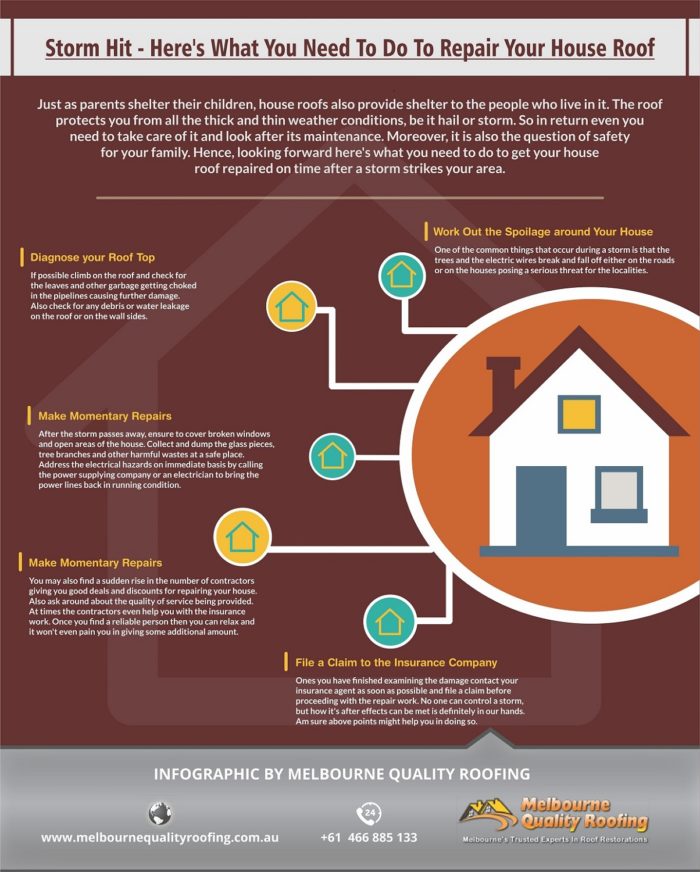The Value Of Roofing System Ventilation In Getting A Successful Setup
The Value Of Roofing System Ventilation In Getting A Successful Setup
Blog Article
Composed By-Kock Thomsen
When you're taking on a roofing task, you may not assume much regarding roofing system air flow, yet it's even more important than you realize. Effective ventilation aids control temperature and wetness in your attic, protecting against troubles like mold and architectural damage. By comprehending exactly how to develop and set up a balanced air flow system, you can boost energy effectiveness and extend the lifespan of your roof products. So, what are the vital aspects to take into consideration during setup that can make all the distinction?
Importance of Roof Covering Ventilation
Roofing ventilation plays a crucial duty in preserving the general wellness of your home. By enabling fresh air to circulate with your attic room, it aids regulate temperature level and dampness levels. This balance is important to protect against heat accumulation throughout warm months, which can cause boosted power expenses as your cooling works overtime.
Moreover, proper air flow dramatically minimizes the danger of moisture-related issues like mold and mildew and mildew. If moisture degrees increase, your home's architectural stability can be endangered, causing expensive repair work. You would not want to manage decomposing wood or warped roof materials, right?
In addition, adequate air flow extends the life expectancy of your roofing system. When warm and moisture are kept in check, your roof covering can perform optimally, avoiding premature wear and tear. This implies less frustrations and expenditures down the line.
How Roofing System Air Flow Functions
Effective roofing air flow counts on the natural activity of air to develop a balance in between intake and exhaust. When you install vents, you're essentially enabling fresh air to enter your attic while allowing warm, stale air to get away. This procedure helps manage temperature level and dampness degrees, stopping concerns like mold development and roofing damages.
Intake vents, usually found at the eaves, pull in trendy air from outdoors. Meanwhile, exhaust vents, located near the ridge of the roof covering, let hot air increase and departure. The difference in temperature level produces an all-natural air flow, called the stack effect. As cozy air increases, it creates a vacuum that pulls in cooler air from the lower vents.
To optimize this system, you need to make sure that the intake and exhaust vents are appropriately sized and positioned. If the consumption is restricted, you will not achieve the wanted ventilation.
Similarly, read on can trap heat and wetness, leading to possible damages.
Key Installment Considerations
When mounting roofing ventilation, a number of key factors to consider can make or damage your system's performance. First, you require to analyze your roof's design. The pitch, shape, and materials all affect air flow and ventilation selection. See to it to select vents that suit your roof covering type and regional environment problems.
Next, think about the positioning of your vents. Preferably, you'll want a well balanced system with consumption and exhaust vents positioned for ideal air movement. Area consumption vents low on the roof covering and exhaust vents near the top to motivate an all-natural flow of air. This arrangement aids avoid dampness buildup and promotes energy performance.
Do not forget insulation. Appropriate insulation in your attic room protects against warm from leaving and maintains your home comfy. Make certain that insulation doesn't block your vents, as this can hinder airflow.
Last but not least, think of upkeep. Choose ventilation systems that are very easy to gain access to for cleansing and inspection. Routine maintenance ensures your system continues to function effectively with time.
Conclusion
In conclusion, roof ventilation is vital for a successful installation. By making sure correct air flow, you can protect against warmth accumulation and moisture problems that lead to expensive damages. When https://www.facilitiesnet.com/roofing/article/How-to-Include-Energy-Efficiency-in-Roofing-Selection--18493 and exhaust vents, you boost energy efficiency and prolong the life expectancy of your roofing. Remember, a well-ventilated roofing system not just shields your financial investment yet also enhances your indoor air quality. So, focus on air flow to guarantee a resistant and cost-effective roof for your home.
